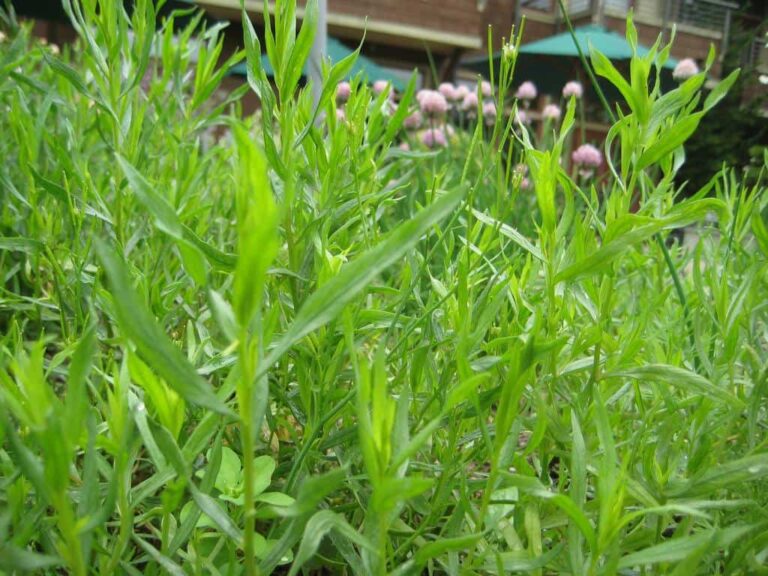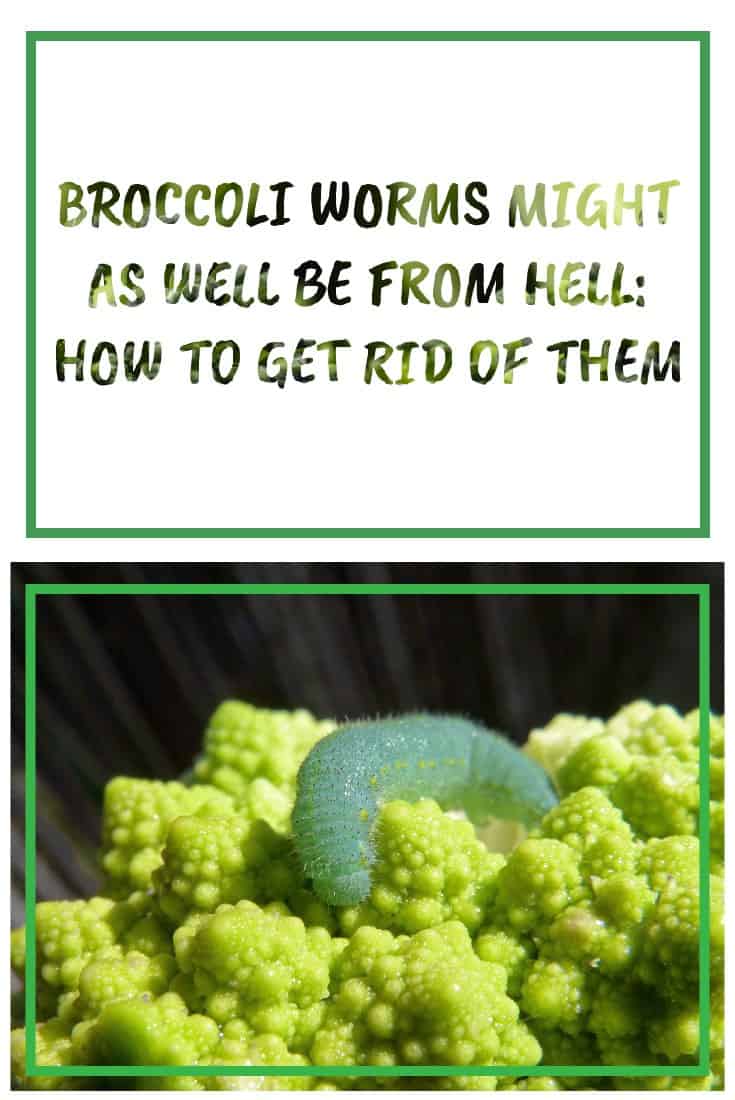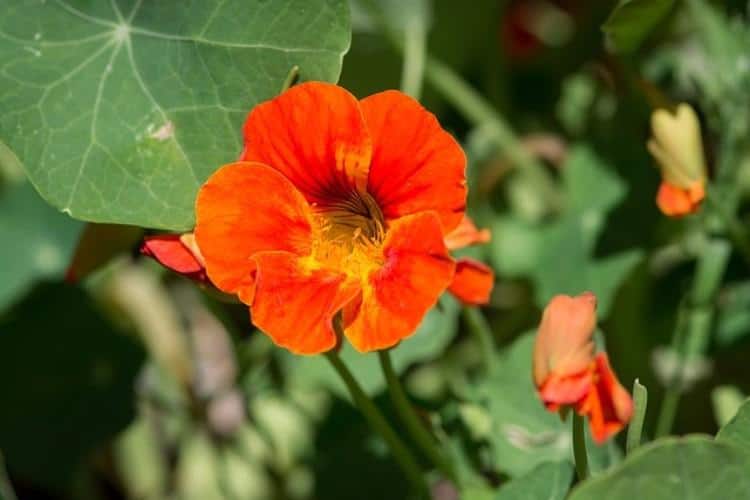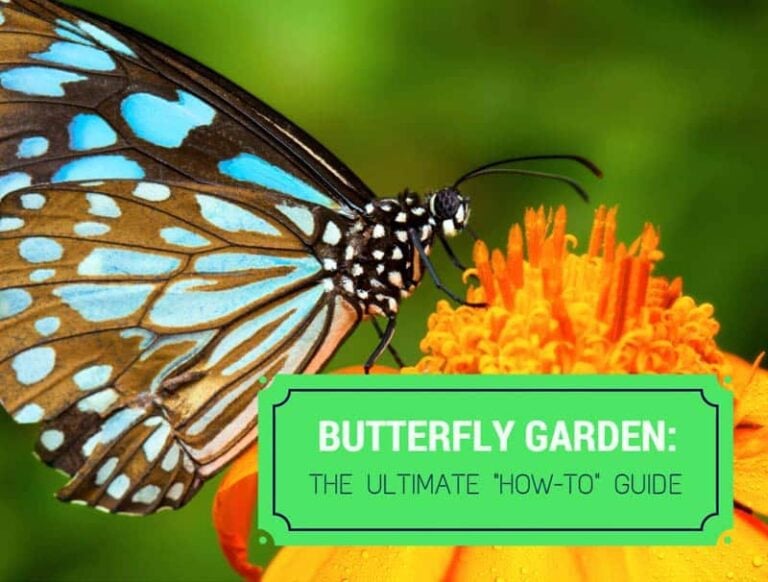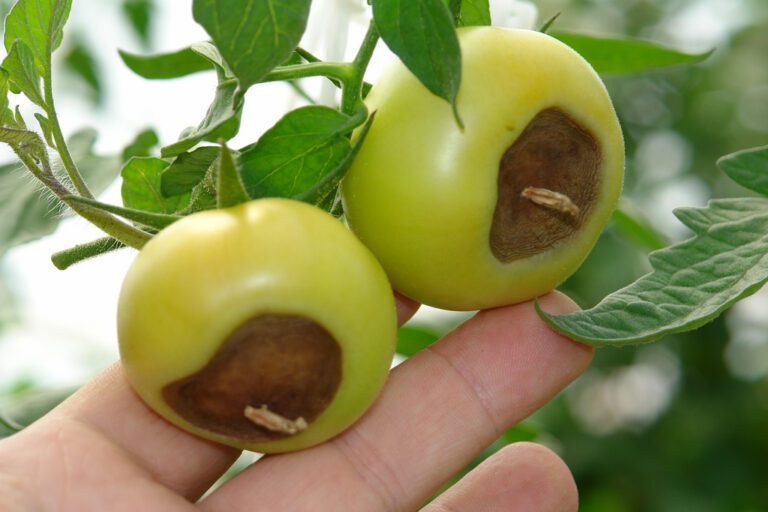Onion Spacing: Tips and Tricks
Onions should be spaced 2 to 4 inches apart, with 12 to 18 inches between rows. Onion seeds can be sown close together, and thinned out once the seedlings have grown. Sets, or small immature onions, should be spaced like onion plants.
Green onions are the exception and can be planted one inch apart. It is a good idea to spread onions out around your garden instead of confining them to one spot. Onions can deter pests with their scent, so spreading them out can help protect your other veggies as well.
The way you space your onions depends on how you start them. Spacing for seeds is very different from spacing for onion sets or even more established onion plants.
Spacing for Onion Seeds
When you start your onions seeds, the goal is to get them to germinate and growth just enough for them to get strong enough to transplant. When your seedlings have grown to about three inches high, you can transplant them to a garden or container with more space.
If you are using one large container for your seeds, sprinkle them evenly over compost. Then cover the seeds with another, lighter layer of compost and water. This is one of the easiest ways to start onion seeds.
Instead of using a single container or pot, some gardeners choose to use a partitioned container. Individual cells keep the onion seedlings separate and lets you skip the sometimes tricky process of pulling apart seedlings that may have intertwined roots.
In a partitioned container, you should still plant at least a couple seeds in each cell in case one of the seeds doesn’t germinate. It is unlikely that you will have a 100 percent germination rate, and it would end up being a waste of space and time to find that half of the seeds in your cells have not germinated.
With seeds, remember to sow liberally. Once the seedlings have sprouted, you can pick and choose from the ones that are healthiest and have the best chance of producing a good crop.
Spacing for Onion Sets
Onion sets are small bulbs of immature onions. They are harvested specifically for the purpose of growing more onions. As they are a great deal bigger than seeds, they require more space.
As with seeds, you can use a partitioned container and plant one set per cell. This method makes for an extremely easy transplant once your sets have sprouted and developed some growth.
Sets are less difficult to separate than young plants grown from seed, so planting all of your sets in one large container or area won’t give you much difficulty when it comes time to transplant. You can also plant them directly into your garden.
Onion sets should be planted so that the tip is still visible above the soil. Generally, do not space your sets less than two inches apart. If you are planting directly in a garden or permanent container, try to space your sets at least four inches apart.
Check out this video for more detail on spacing your onion sets and how they compare to growing from seed:
Spacing for Onion Plants
Once your seedlings are around three inches high, or four to six weeks old, you’ll need to transplant them. You can also buy onion plants from your local gardening center and start with this step first.
When planting directly into your garden, your onions will need more space. They are no longer delicate sprouts requiring close attention and a controlled environment, but rapidly growing plants that need space to expand and absorb adequate nutrients.
Planting your onions further apart also makes it easier for you to control weeds. Weeds compete for nutrients and can be very detrimental to onion plants.
According to the National Gardening Association, spreading out your onions around your garden, rather than keeping them all in one section, can reduce the spread of any diseases, should they occur.
In general, space your onion plants two to four inches apart, although some gardeners recommend five inches. Different onions might grow better with more spacing, for example, varieties of giant onion.
Giant onions can grow to be over five pounds and four inches in diameter. Use your judgment and give these varieties of onion more space.
In the Garden
When planting in a garden keep 12 to 18 inches between each row. If you are not planting in rows, maintain at least six to eight inches of space between each onion in all directions.
If you are planting from seeds or sets directly into a garden, you can plant them closer together. Once these plants have grown taller, thin them out until there are two to four inches of space between each onion.
Thinning is a way to allow the healthiest and strongest plants to grow while getting rid of ones that are weak and might not produce a good-sized bulb. If you’re transplanting from a planter, thinning is unnecessary.
To focus your time and effort on only the healthiest plants, start your seeds or sets in a container first. Then evaluate them once the onion seedlings are old enough to be transferred to a garden.
By thinning at this time, you’ll be able to see the entire plant, from its growth to the roots, and more easily choose the healthiest onions for your garden.
Green Onions: the Exception
Green onions, or scallions, will grow with considerably less space. They don’t have large bulbs, making them more compact. Green onions are harvested before their bulbs can mature. Both the green stalks and the white bulb are edible, and their flavor is milder than your typical bulb onions.
You don’t need to worry about leaving space for the bulbs to expand when planting green onions. You can place green onion sets or plants about one inch apart. If you want to grow larger bulbs, set them two to three inches apart.
If you’re planting them in a garden with rows, space each row about one foot apart, the same as bulb onions.
Like all onion varieties, the plants have a slight smell. This smell can deter bugs and pests. Green onions are compact, so you can plant them liberally around your garden and near other plants to help keep away harmful visitors.
Read also our articles about kale spacing and carrots spacing.
Photo by Haraldschmidt licensed under CC0.

